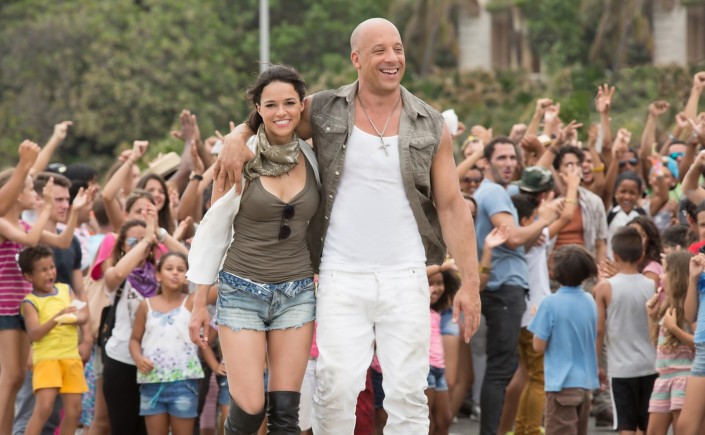Blockers is more satisfying than expected, but could certainly do with some clarity.
⭐ ⭐ ⭐
Zachary Cruz-Tan
Blockers is a confused little movie. It seems to think sex and toilet humour are somehow connected. That in order for us to fully appreciate the natural art of love-making, we must first see a really big guy gulp a bottle of beer through his butthole. How about if we didn’t have the butt-gulping? Or the testicle-grabbing? What if Blockers had been an earnest comedy about growing up, exploring sex and freaking out your parents?
I enjoyed much about this movie, and I didn’t think I would after seeing its early trailers. They had the stench of Dirty Grandpa. Even its beginning was somewhat problematic. But then the characters slowly took shape, the actors filled out their shoes and against my better judgement, I began to care about them.
Perhaps it’s because all six leads are thoroughly beguiling. Kathryn Newton plays Julie, who vows to lose her virginity to her boyfriend on prom night. Her two best friends, Kayla (Geraldine Viswanathan) and Sam (Gideon Adlon), end up doing the same, not out of love, but of the social pressure of having to keep up. The screenplay is right in allowing them room to discover why that’s a bad idea.
This is the story’s catalyst. The plot involves their three parents inadvertently discovering their sex pact and going on a frantic goose chase to prevent the index fingers from entering the OK signs, or the eggplants from entering the donuts, or whatever. What we end up with are essentially two stories, one about the teens and their evening of debauchery, and one about the Leslie Mann, John Cena and Ike Barinholtz behaving like dorks.
The strength of Blockers is that all six actors are supremely enjoyable, and in the midst of ridiculously unappetising gags, they actually seem like real people, and not just robots programmed to do stupid things. The movie’s writers, of which there are five, take great pleasure in making the adults clueless and backward, and the teenagers remarkably progressive.
Viswanathan is an absolute treat; beautiful, charismatic, in utter control. Adlon’s Sam is graced with the complexities of teenage homosexuality, and she has a scene with her dad near the end that is one of the truest, most moving conversations I can remember in a studio comedy. Even Newton’s Julie, who kick-started the whole thing, is clearly in love with her boyfriend and not merely desperate to get in his pants. There’s an edge to these girls. We get the feeling they know what they’re doing, and this makes their story work.
And yet Blockers strikes a most disconnected tone. It’s as if the studios and the writers didn’t think anyone would give a damn about three girls losing their virginity and decided to blanket their individuality with crude jokes that feel have to get more outrageous with every scene.
There is a proper movie in here somewhere, desperate to get out. All the fat just has to be skimmed off the top. It’s wonderful that a raunchy studio sex comedy can be helmed by a female director in Kay Cannon. Now she needs to trust that her characters will see her through, because this bunch definitely can.
Blockers is available in Australian cinemas from March 29
Image (c) Universal Pictures 2018



